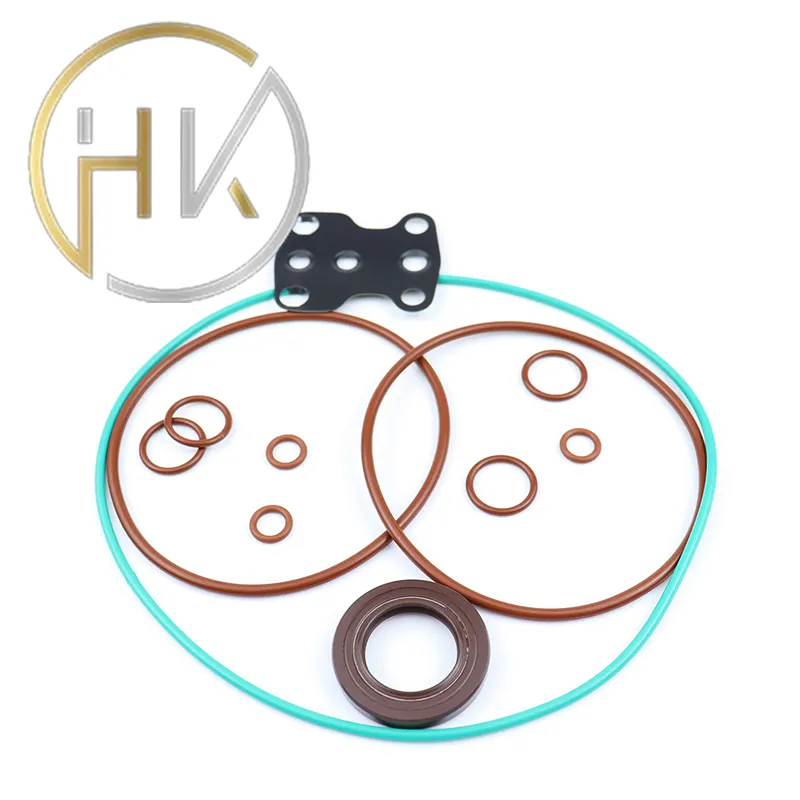វិច្ឆិកា . 13, 2024 14:03 Back to list
replacing seals in a hydraulic cylinder
Replacing Seals in a Hydraulic Cylinder A Comprehensive Guide
Hydraulic cylinders are integral components in various machinery and equipment, converting hydraulic energy into linear motion. However, over time, the seals within these cylinders can wear down, leading to leaks, reduced efficiency, and potential equipment failure. Understanding how to replace seals in a hydraulic cylinder is essential for maintenance and repair. This article will provide a detailed guide to help you through the process.
Understanding Hydraulic Seals
Hydraulic seals are crucial for preventing fluid leakage and maintaining pressure within a hydraulic system. These seals come in various types, including simple O-rings, piston seals, rod seals, and backup rings. Each type serves a specific purpose in ensuring the hydraulic system operates efficiently and effectively.
Signs that seals need replacement include visible leaks, a drop in hydraulic pressure, and unusual sounds from the hydraulic system. If you observe any of these signs, it’s crucial to address the issue before it leads to more extensive damage.
Tools and Materials Needed
Before starting the seal replacement process, ensure you have the following tools and materials ready
- Replacement Seals Acquire seals that are compatible with your specific hydraulic cylinder model. Check the manufacturer’s specifications for exact measurements. - Seal Removal Tool This tool helps to safely and effectively remove old seals without damaging the cylinder. - Torque Wrench For reassembling the cylinder, a torque wrench ensures all components are tightened to the proper specifications. - Cleaning Supplies Rags or paper towels, along with cleaning solvents, are necessary for cleaning the cylinder components during the process. - Lubricant A suitable hydraulic lubricant will aid in the installation of new seals, ensuring they seat correctly.
Step-by-Step Guide to Replacing Seals
replacing seals in a hydraulic cylinder

1. Preparation Before starting, ensure that the hydraulic system is depressurized and safely isolated. Disconnect any power sources and drain fluid from the cylinder.
2. Disassembly Begin disassembling the hydraulic cylinder. Remove the cylinder end caps, retaining rings, and carefully extract the piston and rod. Make sure to take notes or pictures during disassembly to guide reassembly.
3. Removing Old Seals Once you have access to the seals, use the seal removal tool to carefully extract them. Take caution not to scratch or damage the cylinder surfaces during this process.
4. Cleaning Thoroughly clean all components of the cylinder, including the housing, piston, and rod. Remove any debris or old lubricant that may interfere with the new seals.
5. Installing New Seals Before installing the new seals, apply a light coat of hydraulic lubricant to ensure they do not bind during installation. Carefully place each seal into its respective groove, making sure they are seated evenly and securely.
6. Reassembly Once the new seals are in place, begin reassembling the cylinder. Reverse the disassembly steps, ensuring all parts are aligned correctly. Use the torque wrench to tighten bolts and fasteners to the manufacturer’s specified torque settings.
7. Testing After reassembly, refill the hydraulic fluid and restore pressure to the system. Check for leaks and ensure the cylinder operates smoothly. Monitor the system during the initial operation to confirm everything is functioning properly.
Conclusion
Replacing seals in a hydraulic cylinder is a vital maintenance task that can significantly extend the life of the equipment and improve efficiency. By understanding the process and preparing adequately, you can effectively manage seal replacements and avoid costly repairs. Regular maintenance will not only keep your hydraulic systems operational but also ensure safety and reliability in their performance. Always refer to the specific manufacturer's guidelines for your hydraulic cylinder for the best results.
-
TCN Oil Seal Metal Ring Reinforcement for Heavy Machinery
NewsJul.25,2025
-
Rotary Lip Seal Spring-Loaded Design for High-Speed Applications
NewsJul.25,2025
-
Hydraulic Cylinder Seals Polyurethane Material for High-Impact Jobs
NewsJul.25,2025
-
High Pressure Oil Seal Polyurethane Coating Wear Resistance
NewsJul.25,2025
-
Dust Proof Seal Double Lip Design for Construction Equipment
NewsJul.25,2025
-
Hub Seal Polyurethane Wear Resistance in Agricultural Vehicles
NewsJul.25,2025
-
The Trans-formative Journey of Wheel Hub Oil Seals
NewsJun.06,2025
Products categories
















